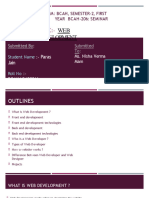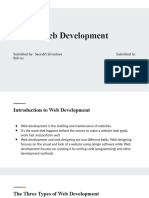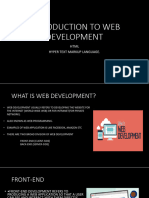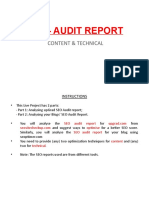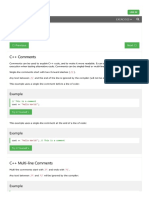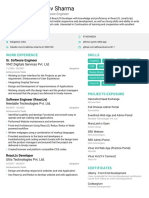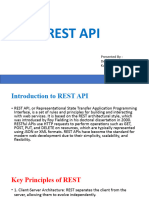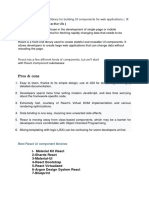0% found this document useful (0 votes)
12 views40 pages(Week 1) Web Design and Databases
The document states that the training data is current only up to October 2023. It implies limitations in knowledge for events or developments occurring after that date. Users should be aware of this temporal constraint when seeking information.
Uploaded by
is.ezzahirCopyright
© © All Rights Reserved
We take content rights seriously. If you suspect this is your content, claim it here.
Available Formats
Download as PPTX, PDF, TXT or read online on Scribd
0% found this document useful (0 votes)
12 views40 pages(Week 1) Web Design and Databases
The document states that the training data is current only up to October 2023. It implies limitations in knowledge for events or developments occurring after that date. Users should be aware of this temporal constraint when seeking information.
Uploaded by
is.ezzahirCopyright
© © All Rights Reserved
We take content rights seriously. If you suspect this is your content, claim it here.
Available Formats
Download as PPTX, PDF, TXT or read online on Scribd
/ 40












